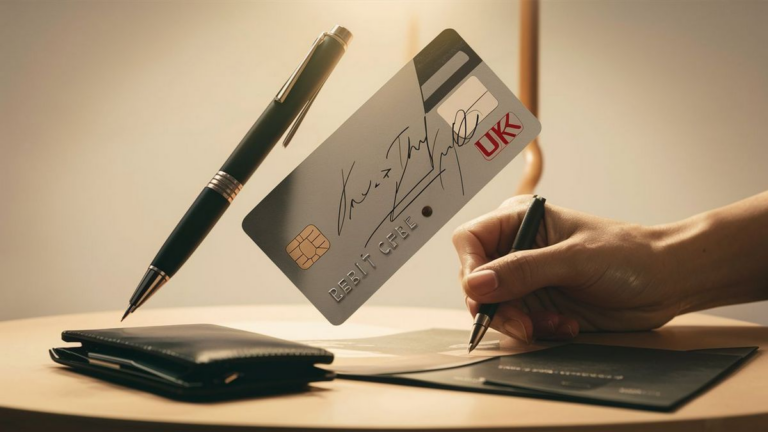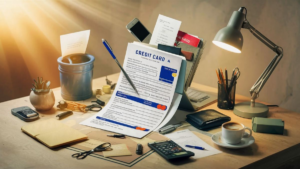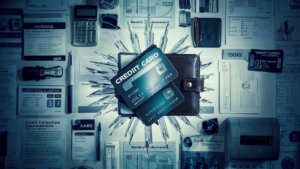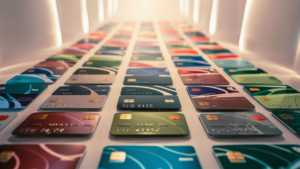When it comes to the security of your debit card, signing the back is a crucial step in preventing unauthorized use and protecting your finances. In this comprehensive guide, we’ll walk you through the importance of signing the back of your debit card and provide step-by-step instructions on how to do it properly.
Why Signing the Back of Your Debit Card Matters
Signing the back of your debit card serves as a form of verification, adding an extra layer of security to the card. Without a signature, anyone who finds or steals your card could potentially use it to make purchases or access your funds, leading to financial loss and identity theft.
Additionally, many merchants require a signature on the back of the card to validate transactions. If the signature panel is blank or contains the phrase “Not Valid Without Signature,” some businesses may refuse to accept the card, causing inconvenience and potential embarrassment.
Step-by-Step Guide to Signing Your Debit Card
Signing the back of your debit card is a simple process that only takes a few moments. Follow these steps to ensure your card is properly signed:
- Using a pen with permanent ink, turn your debit card over to the back.
- Locate the designated signature panel, typically found near the center or bottom of the card.
- Using clear, legible handwriting, sign your name in the designated space. Be sure to use the same signature you use on official documents to avoid confusion.
- Allow the ink to dry for a few seconds to prevent smudging.
- Once the signature is dry, double-check to ensure it is clearly visible and not easily tampered with.
- For added security, consider writing “See ID” or “Ask for ID” beneath your signature. This prompts cashiers to verify your identity when processing transactions, further reducing the risk of fraud.
Additional Tips for Card Security
Signing the back of your debit card is just one step in safeguarding your finances. Here are some additional tips to enhance card security:
- Regularly monitor your account activity for any unauthorized transactions.
- Never share your PIN or CVV (Card Verification Value) with anyone, including friends or family members.
- Keep your card in a secure location and report any loss or theft immediately to your bank.
- Consider enabling transaction alerts or notifications through your banking app to receive real-time updates on card activity.
- Be cautious when using your card for online purchases and only shop from secure, reputable websites.
Signing the back of your debit card is a simple yet essential step in protecting your finances and reducing the risk of fraud. By following the steps outlined in this guide and implementing additional security measures, you can help ensure that your card remains safe and secure.
Importance of Card Security
Card security is paramount in today’s digital age where financial fraud is prevalent. While signing the back of your debit card is crucial, there are other measures you can take to bolster security.
Using EMV Chip Technology
Many debit cards now come equipped with EMV (Europay, Mastercard, and Visa) chip technology, which provides enhanced security compared to traditional magnetic stripe cards. The chip generates a unique code for each transaction, making it more difficult for fraudsters to clone cards.
| Traditional Magnetic Stripe Cards | EMV Chip Cards |
|---|---|
| Static data stored on the magnetic stripe, making it easier for fraudsters to duplicate. | Dynamic transaction data generated for each transaction, reducing the risk of counterfeit fraud. |
| Prone to skimming devices that can capture card information. | Less susceptible to skimming due to encryption technology. |
| Widespread use globally, but less secure. | Becoming the standard for card transactions globally due to increased security. |
Enabling Two-Factor Authentication
Consider enabling two-factor authentication (2FA) for your online banking and card transactions. 2FA adds an extra layer of security by requiring you to provide a second form of verification, such as a code sent to your mobile device, in addition to your password.
Frequently Asked Questions
- Is it necessary to sign the back of my debit card?
- How often should I check my account for unauthorized transactions?
- What should I do if I suspect fraudulent activity on my card?
See also:






